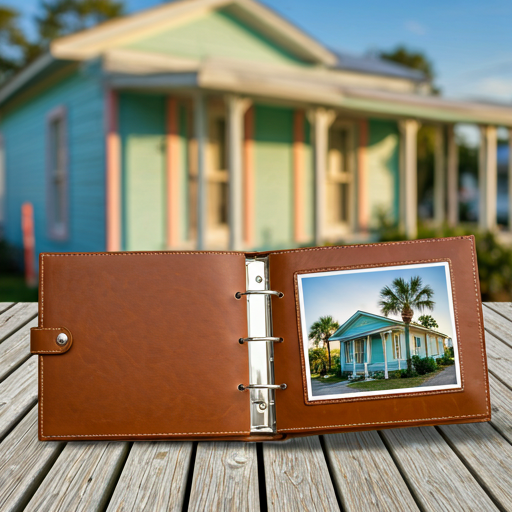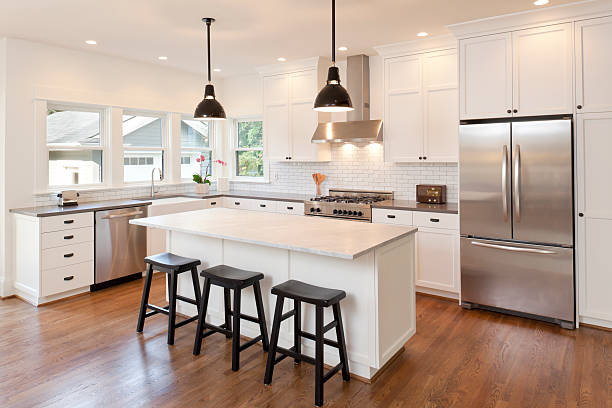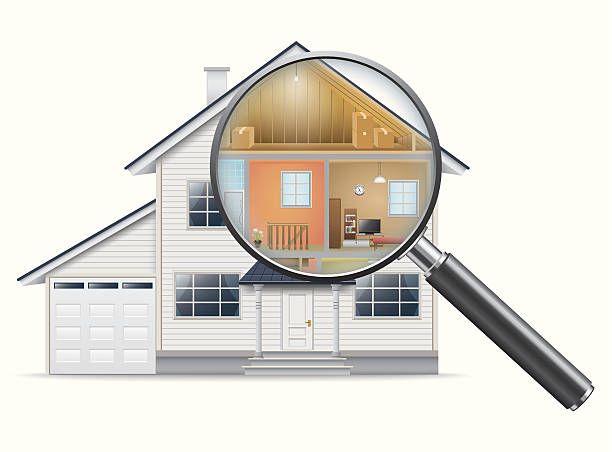Is Owning a Home Still a Smart Investment?

Despite market fluctuations and economic uncertainties, homeownership remains one of the most lucrative long-term investments available. Statistics consistently support this claim showcasing the numerous financial benefits associated with owning a home. According to the Federal Reserve's Survey of
Read MoreSecrets to Irresistible Home Appeal

In the current real estate market, capturing the attention of potential home buyers can feel like a game of cat and mouse. But fear not, savvy sellers, for there are strategic moves you can make to ensure those buyers not only take the bait but also take ownership of your property. Let’s dive into
Read MoreExperience Resort-Style Living at Seven Lakes Golf and Tennis Club Community
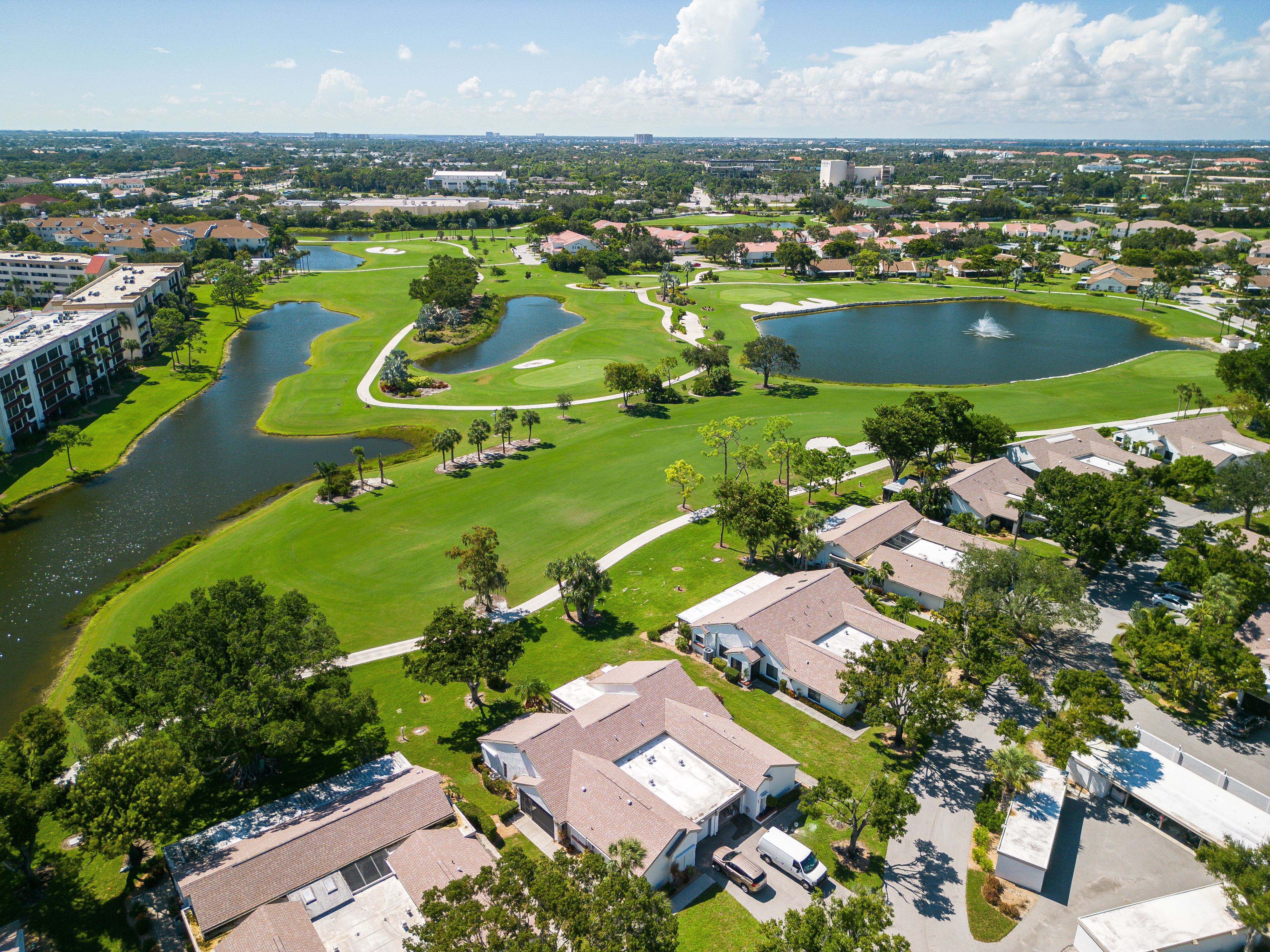
Seven Lakes Golf and Tennis Community is an active and exciting 55+ community in the heart of Southwest Florida. Offering a vibrant, resort-style lifestyle, Seven Lakes is packed with amenities that make every day feel like a vacation. A Golfer’s ParadiseIf golf is your passion, you'll love Seven L
Read More-
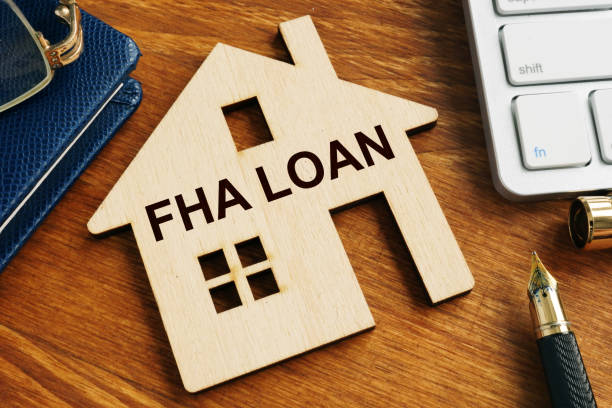
FHA loans, insured by the Federal Housing Administration, have long been a valuable option for homebuyers, especially those looking for more accessible financing solutions. Despite their popularity, several myths and misconceptions often surround FHA loans. Let’s separate fact from fiction to help
Read More
Categories
Recent Posts
